In 1733 the Sieur Desrues de Boudreville, established in Boissettes, obtains by a decree of the Conseil du Roy the right "to establish in the village of Boissettes a factory and to have all kinds of earthenware manufactured there during the terms and spaces of twenty years. " The donors and partners are the Joly spouses. Then begins the manufacture of crockery with a white background in common use, the absence of a characteristic mark making identification difficult today. Until 1775 a relatively small number of parts left the factory due to financial problems resulting in the withdrawal of partners, debts, the suspension of activity for more than ten years. From 1776 to 1781 the siblings Vermonet father and son acquire the pottery and transform it into hard paste porcelain which benefits for three years it seems from the protection of the Duke of Orleans who has just acquired the castle very close to Sainte Seated. It is undoubtedly the lack of profitability and a risky management which are causes of the cessation of activity on August 23, 1781. During these six years, pieces of current crockery were produced, but also more ambitious pieces (statuettes - ornamental vases) or rare (heating plates). Delicate artists, also working in Sceaux and Mennecy, carry out various decorations, in shades, in characters, in loves, in coats of arms, in fruits, flowers, birds and landscapes. From this short production period, essentially pretty pieces of tableware remain recognizable by a B in blue, black or purple cursive, hollow for the cookies appreciated by collectors or museum curators.


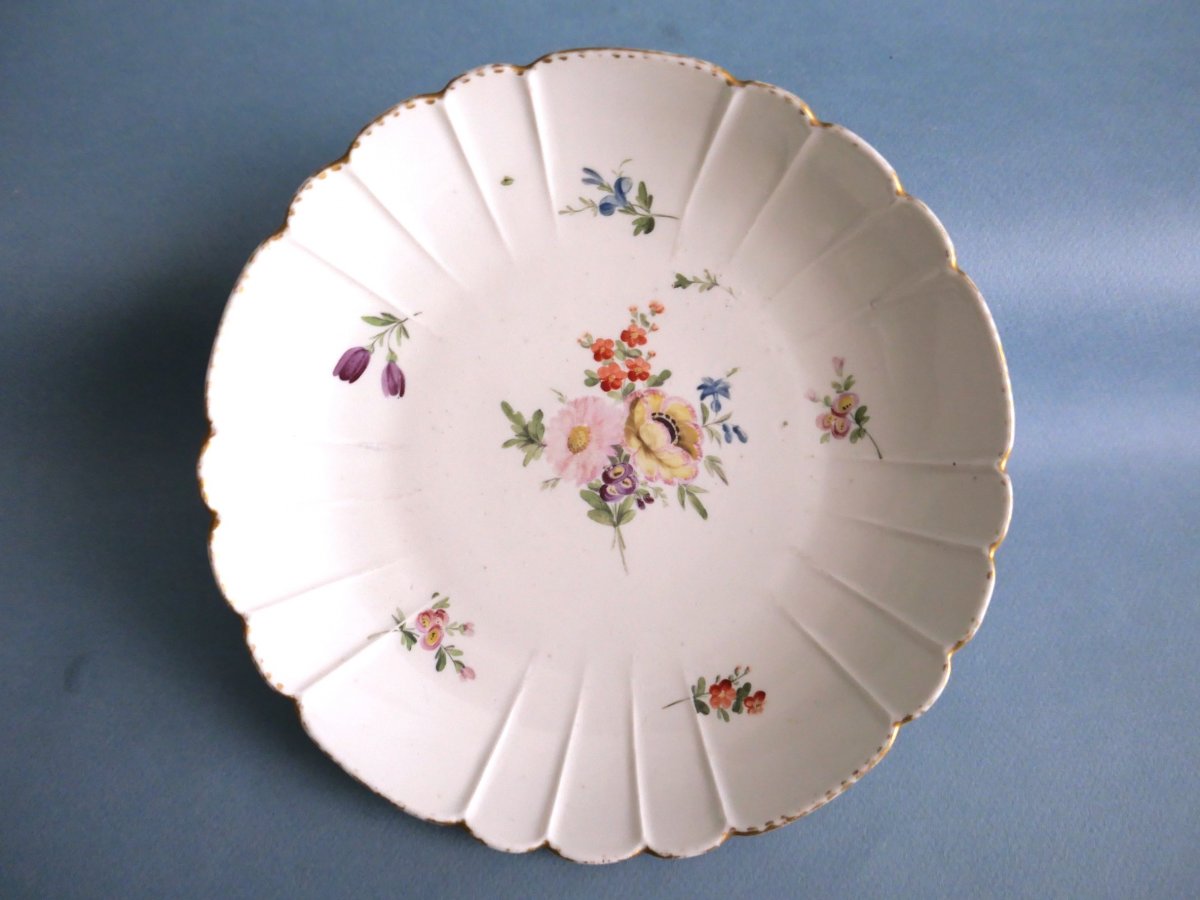
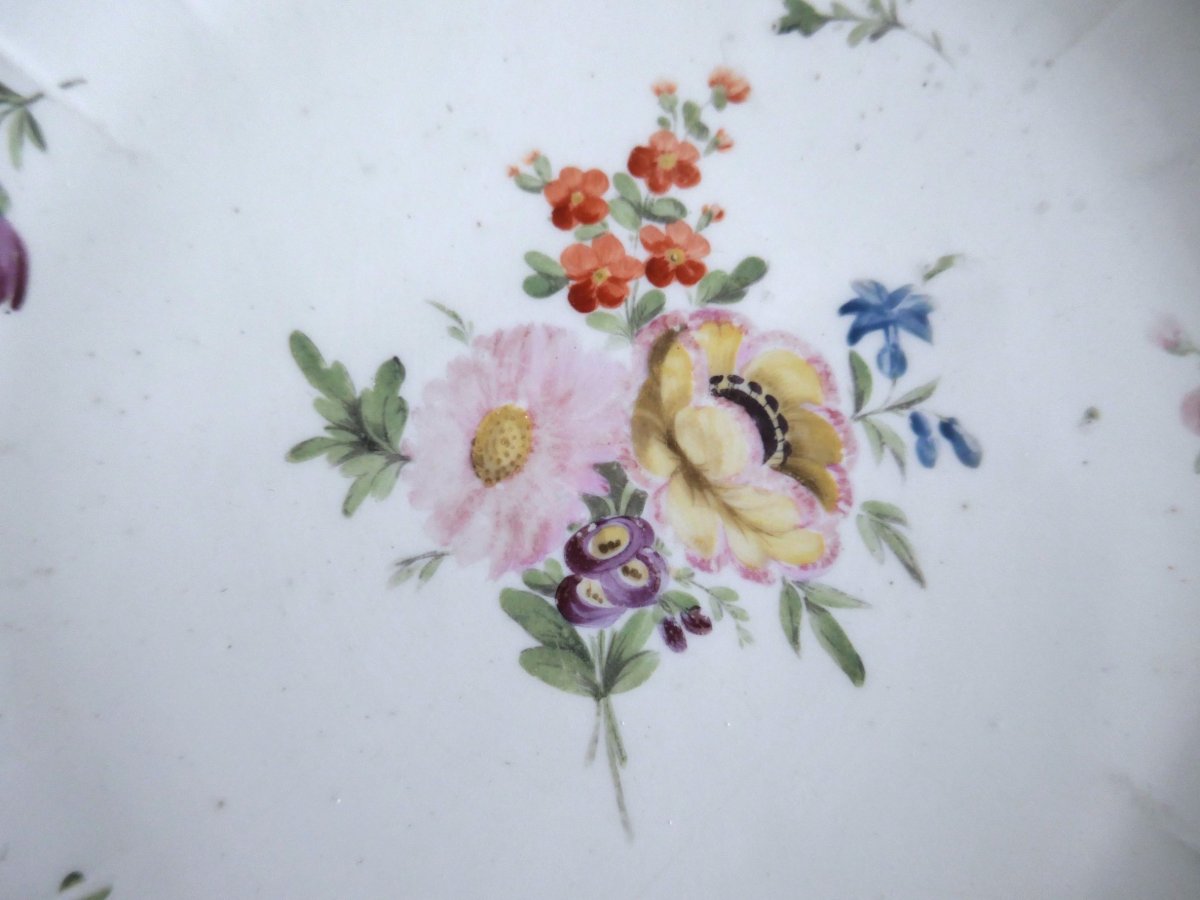
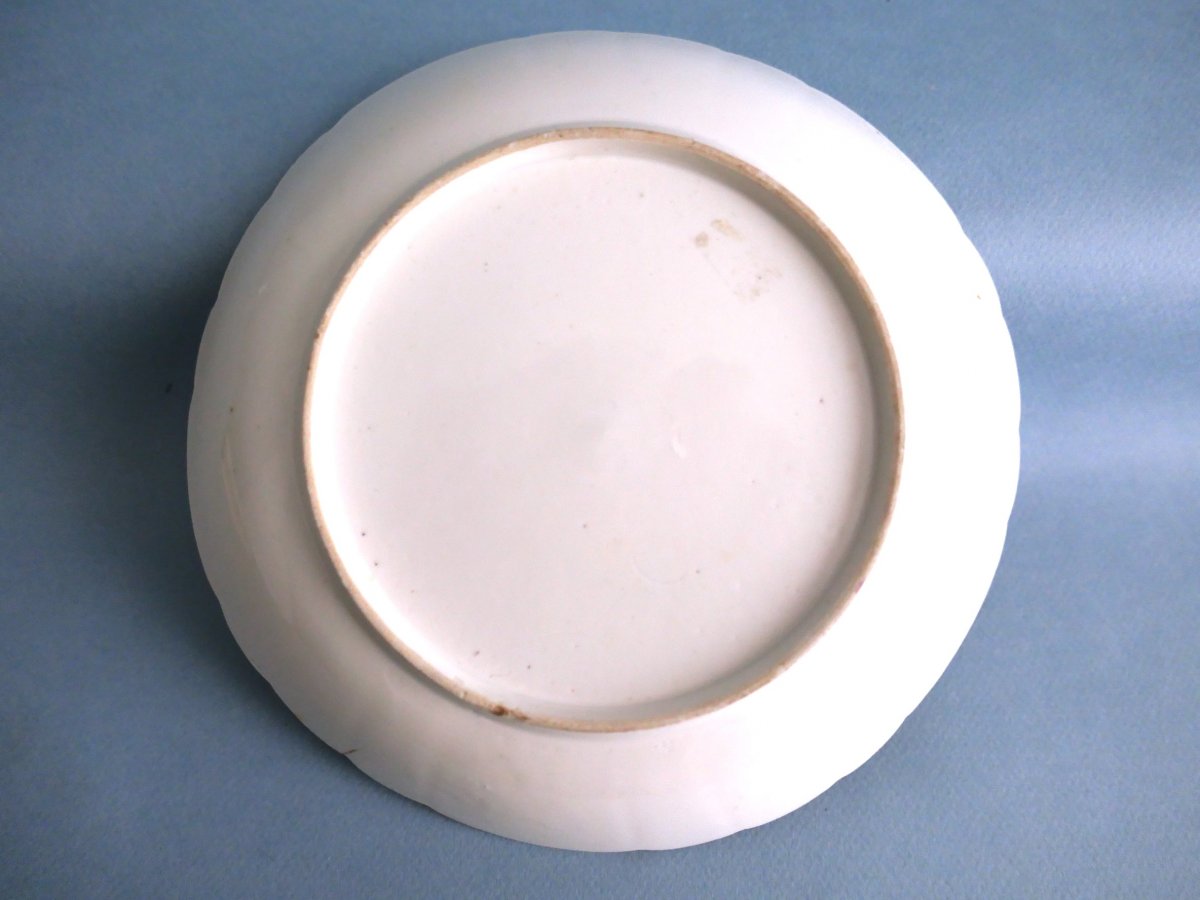





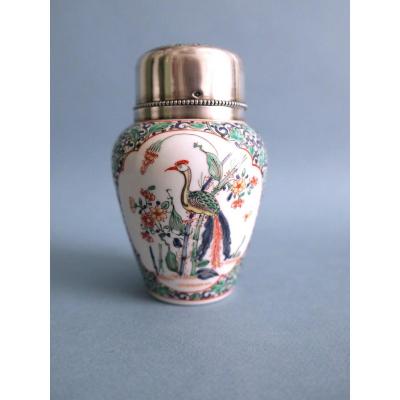
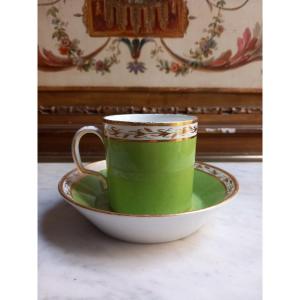

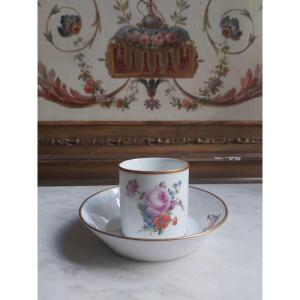





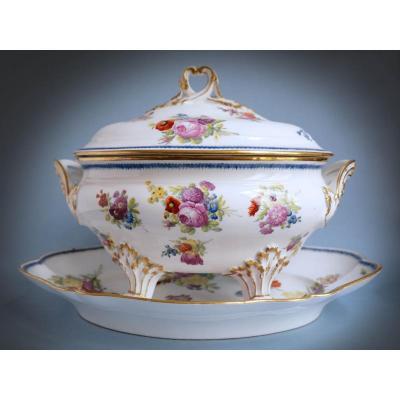
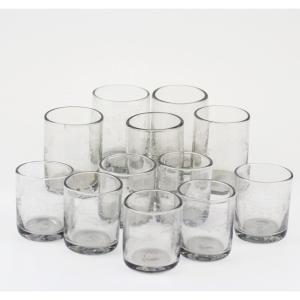

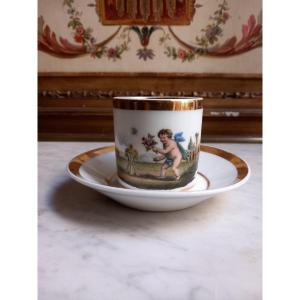








 Le Magazine de PROANTIC
Le Magazine de PROANTIC TRÉSORS Magazine
TRÉSORS Magazine Rivista Artiquariato
Rivista Artiquariato